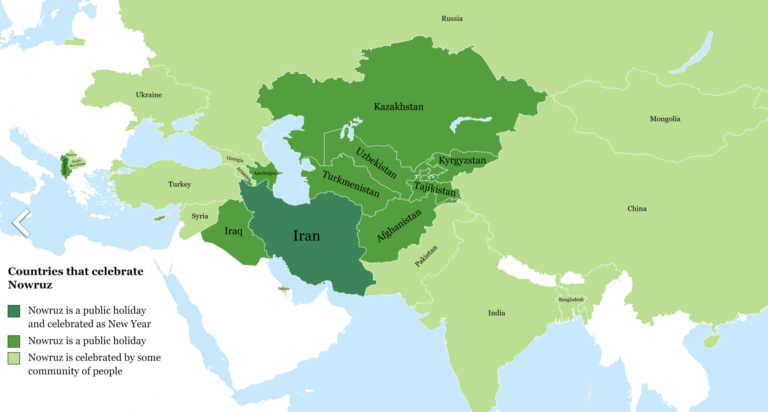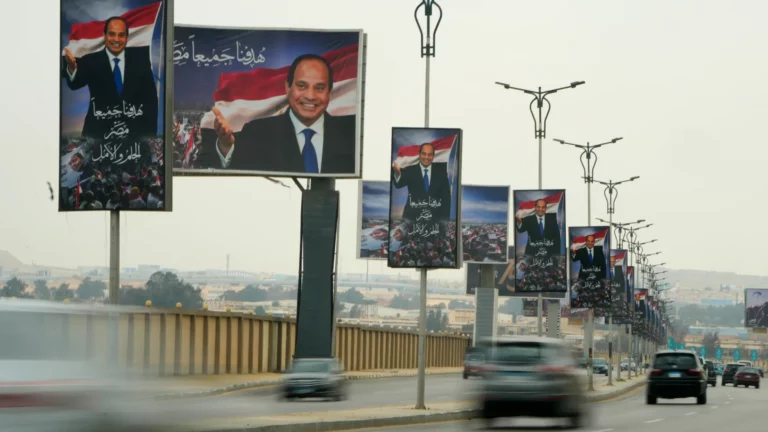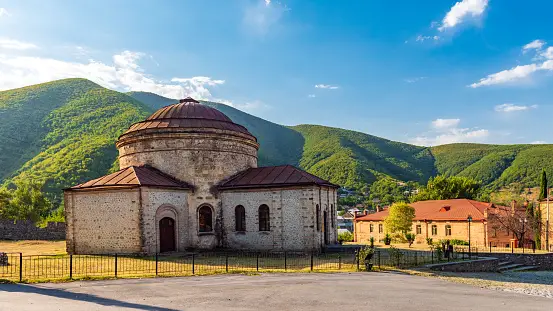By Andrea Tucci
Nowruz, often translated as “New Day,” is indeed a celebration of the new year in various cultures, particularly in Iran and other Persian-speaking communities. It marks the beginning of spring and the first day of the year in the Persian calendar.
The exact date of Nowruz varies depending on astronomical calculations, but it typically falls on or around the vernal equinox, which is around March 20th or 21st in the Gregorian calendar.
Nowruz is a time of renewal and hope, celebrating the arrival of spring and the rebirth of nature. It is observed with a variety of customs and traditions, including cleaning and decorating homes, visiting friends and family, preparing special foods, and participating in cultural events and festivities.
The day of Nowruz has its origins in the Iranian religion of Zoroastrianism and is thus rooted in the traditions of the Iranian peoples; however, it has been celebrated by diverse communities for over 3,000 years in Western Asia, Central Asia, the Caucasus, the Black Sea Basin, the Balkans, and South Asia
Zarathustra, was a religious reformer and the spiritual founder of Zoroastrianism. In about 1000BC he founded the first documented monotheistic religion in the world and also had an impact on Plato, Pythagoras, and the Abrahamic religions, including Judaism, Christianity, and Islam.
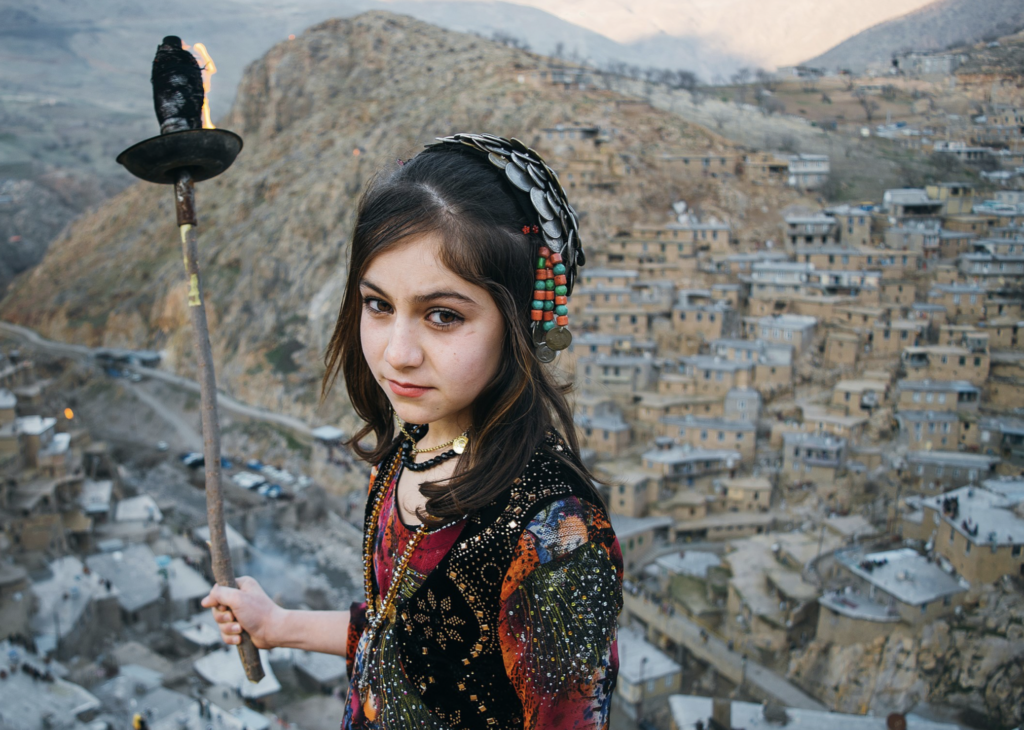
Kurdish people according to their customs
Zoroaster’s name in his native language, Avestan,( old Iranian language) was probably Zaraθuštra. His translated name, “Zoroaster”, derives from a later (5th century BC) Greek transcription, Zōroastrēs (Ζωροάστρης), “who is fostering camels”.
Iranians sing the poetic line “my yellow is yours, your red is mine”, which means “my weakness to you and your strength to me” to the fire during the festival, asking the fire to take away ill-health and problems and replace them with warmth, health, and energy.
Typically, before the arrival of Nowruz, family members gather around the Haft-sin table and await the exact moment of the March equinox to celebrate the New Year.
The number 7 and the letter S are related to the seven, as mentioned Iranian religion of Zoroastrianism: The four elements of Fire, Earth, Air, Water, and the three life forms of Humans, Animals and Plants. Typically, before the arrival of Nowruz, family members gather around the Haft-sin.
The Haft-Seen table is composed of “haft” (or seven) essential symbols that represent nature, such as:
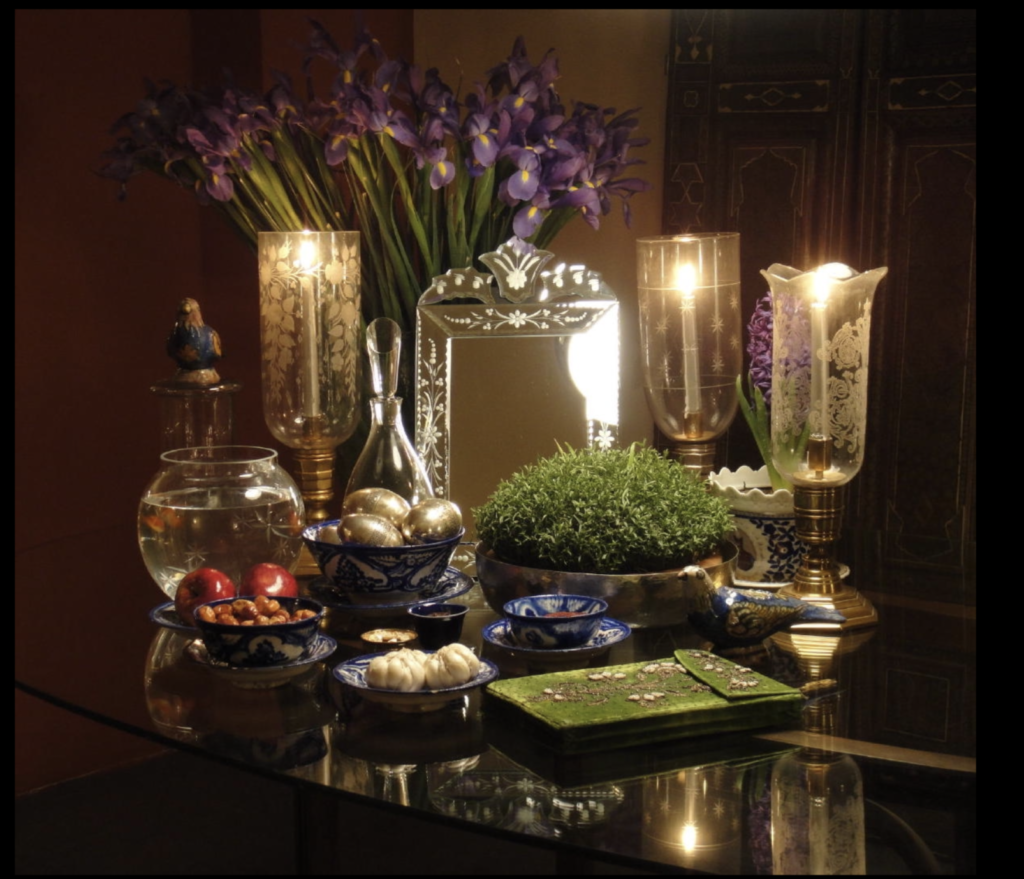
Haft-Seen table
- Sikkeh (coin): For wealth and prosperity
- Seer (garlic): For good health
- Seeb (apples): For health and natural beauty
- Sabzeh (wheat): For rebirth, renewal and good fortune
- Samanu (wheat pudding): A sweet dessert for wealth, fertility and the sweetness of life
- Sumac (berries): For the sunrise and the celebration of a new day
Besides these elements, the table might also include a mirror to symbolically reflect the past year, painted eggs to represent fertility, a goldfish to represent new life, and candles to show light and happiness.
Before the collapse of the Soviet Union, Iran and Afghanistan were the only countries that officially observed the ceremonies of Nowruz. When the Caucasian and Central Asian countries gained independence from the Soviets, they also declared Nowruz as a national holiday.
Throughout its long history, Nowruz has survived conquests, political changes, and cultural shifts, and it remains one of the most important and cherished holidays for millions of people around the world. Its enduring legacy reflects its significance as a symbol of cultural heritage, unity, and hope for the future.
Nowruz was added to the UNESCO List of the Intangible Cultural Heritage of Humanity in 2010.

